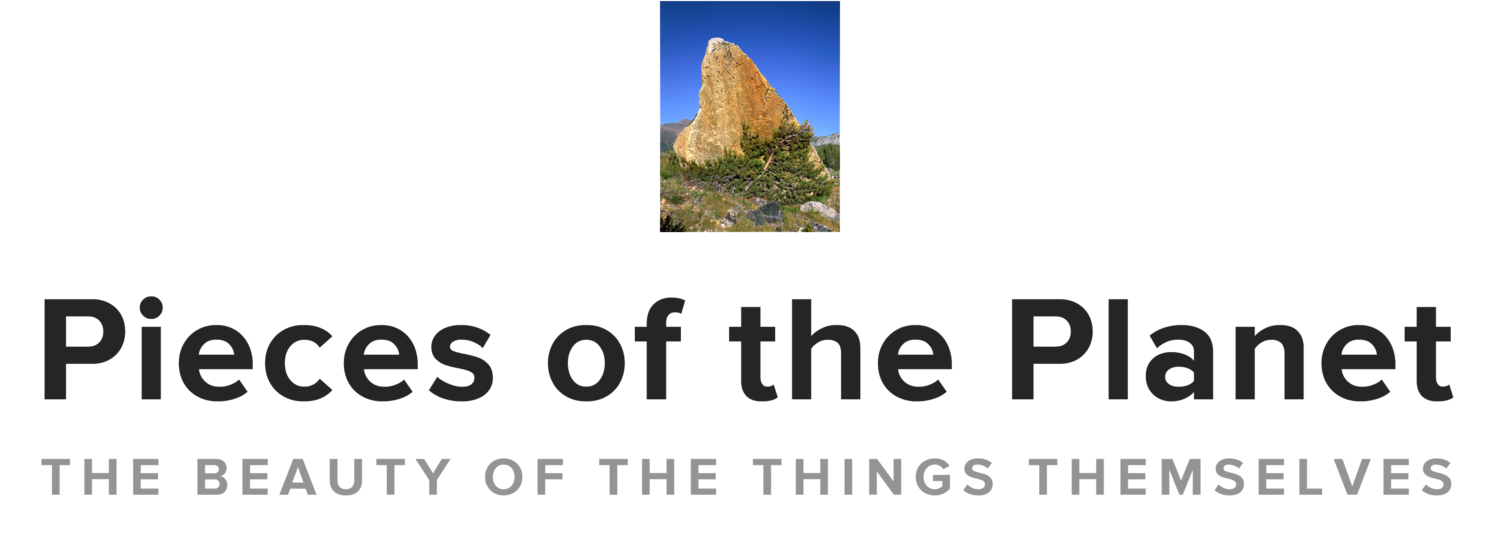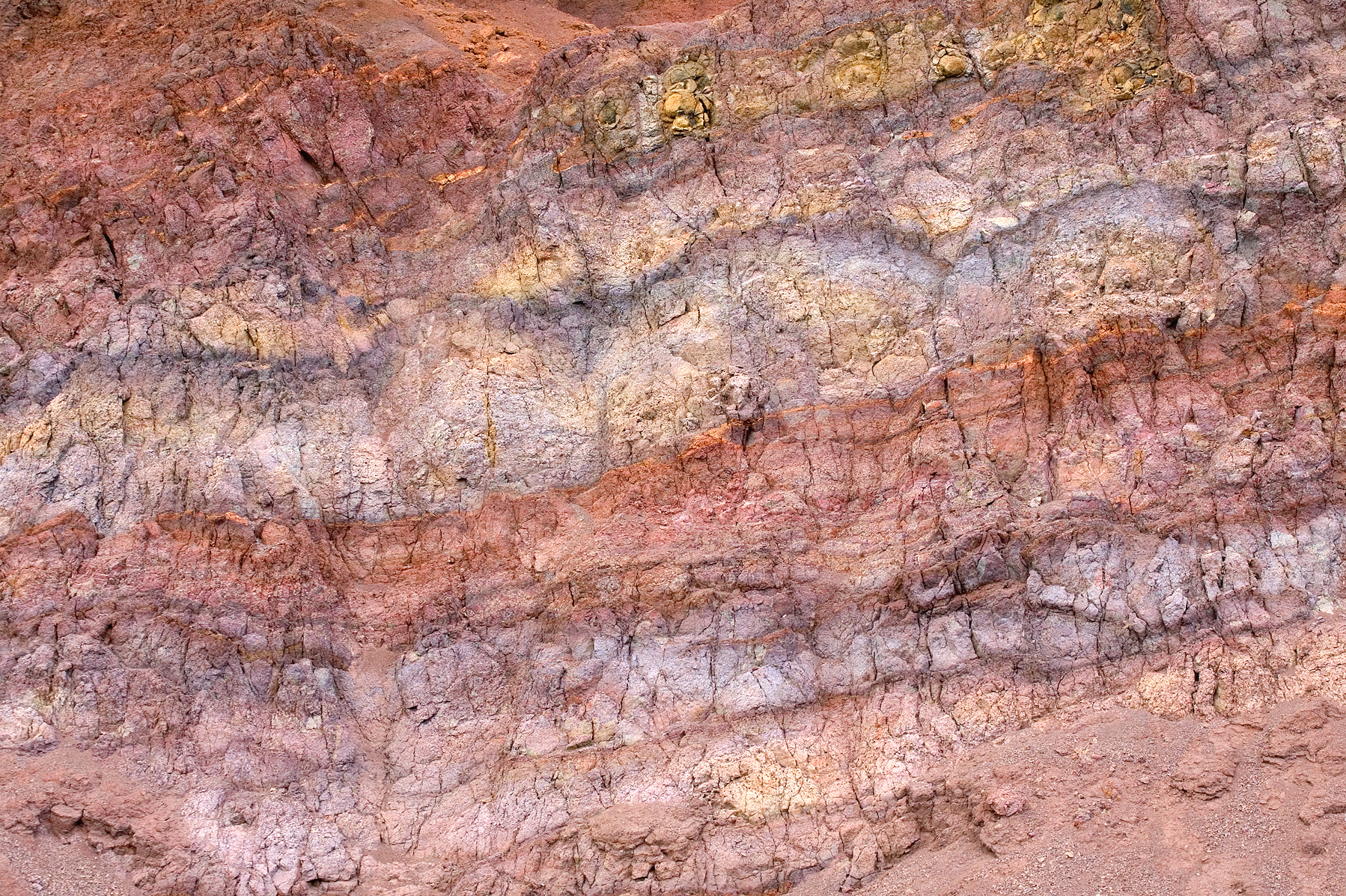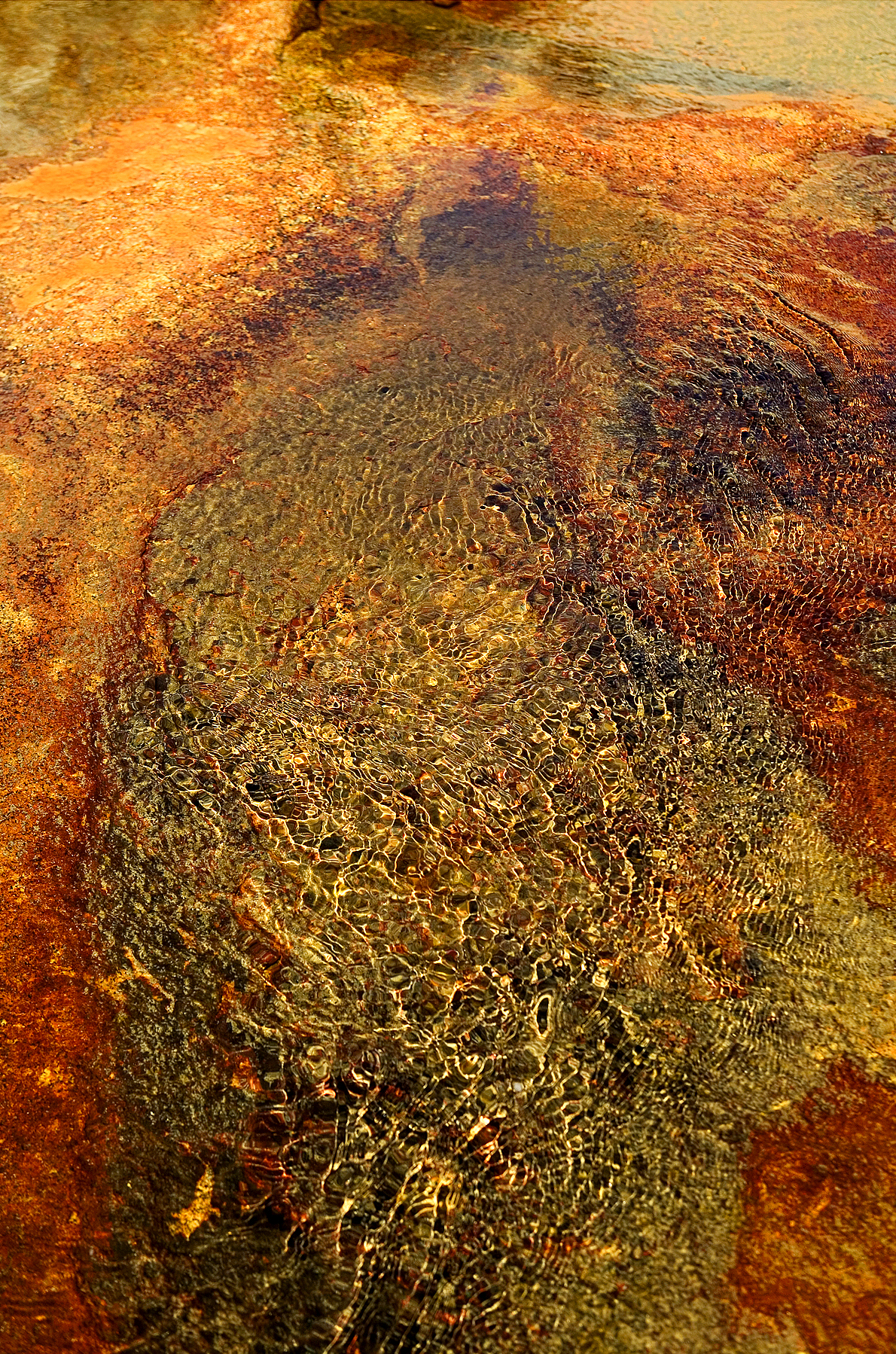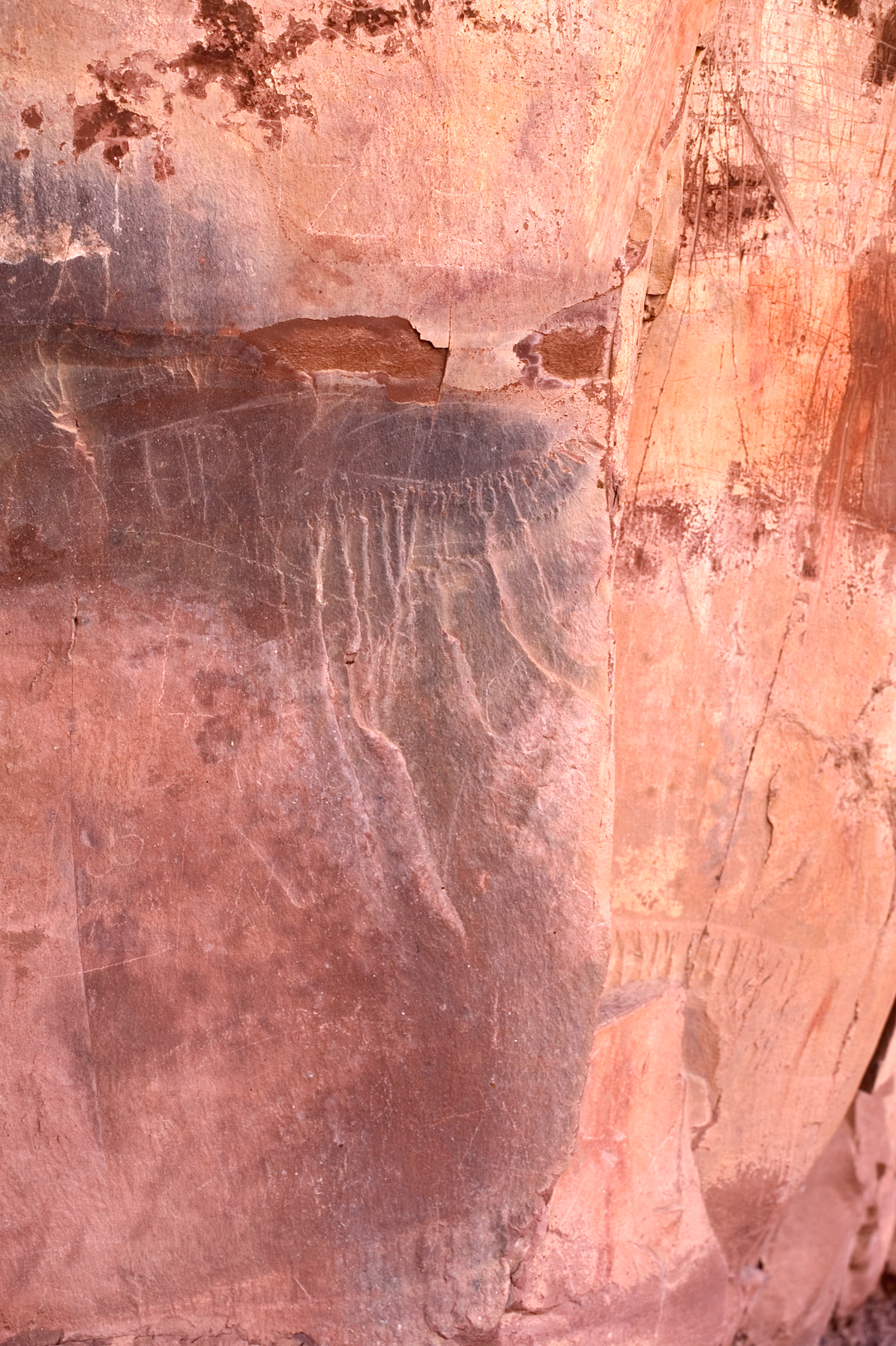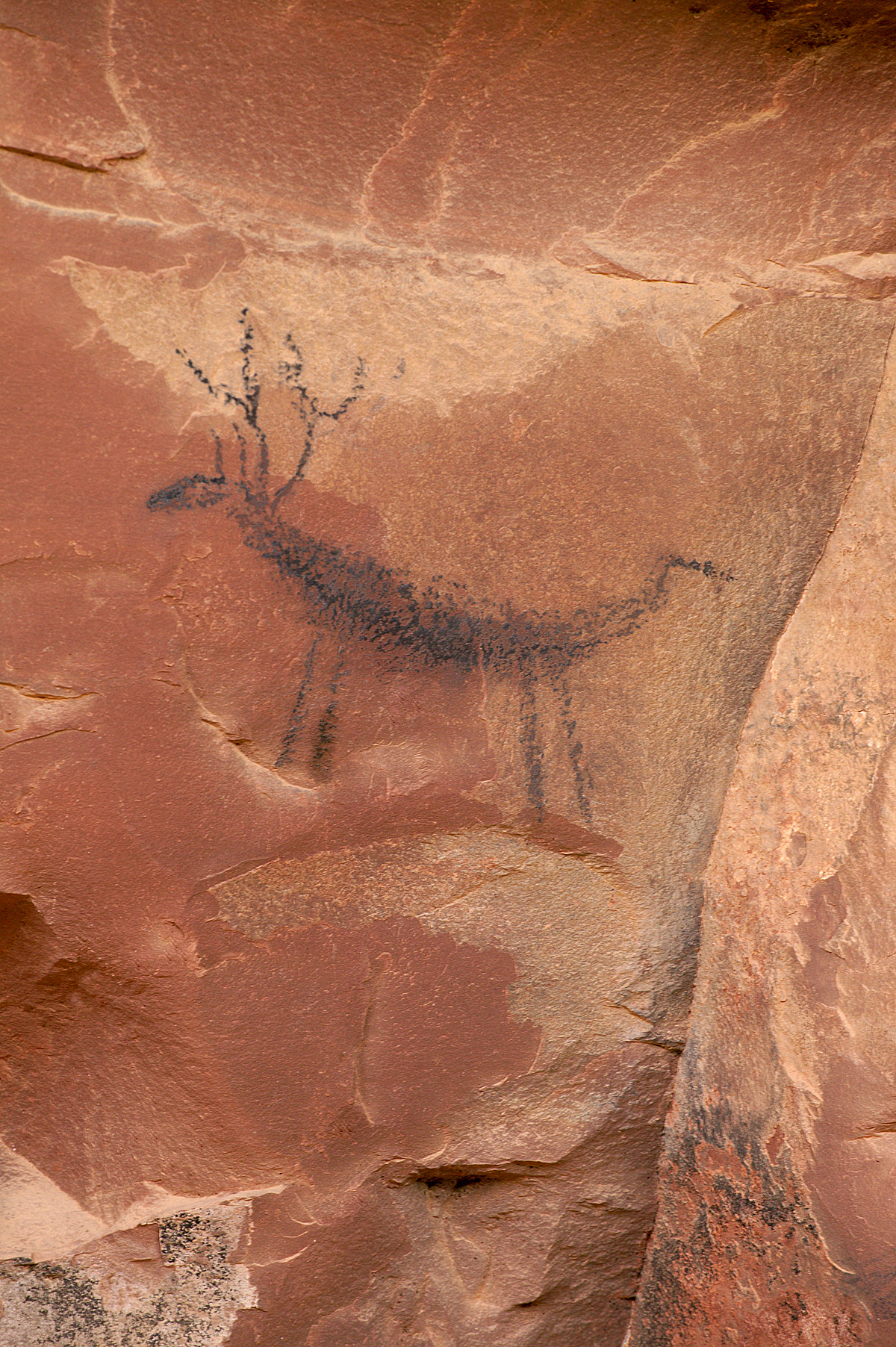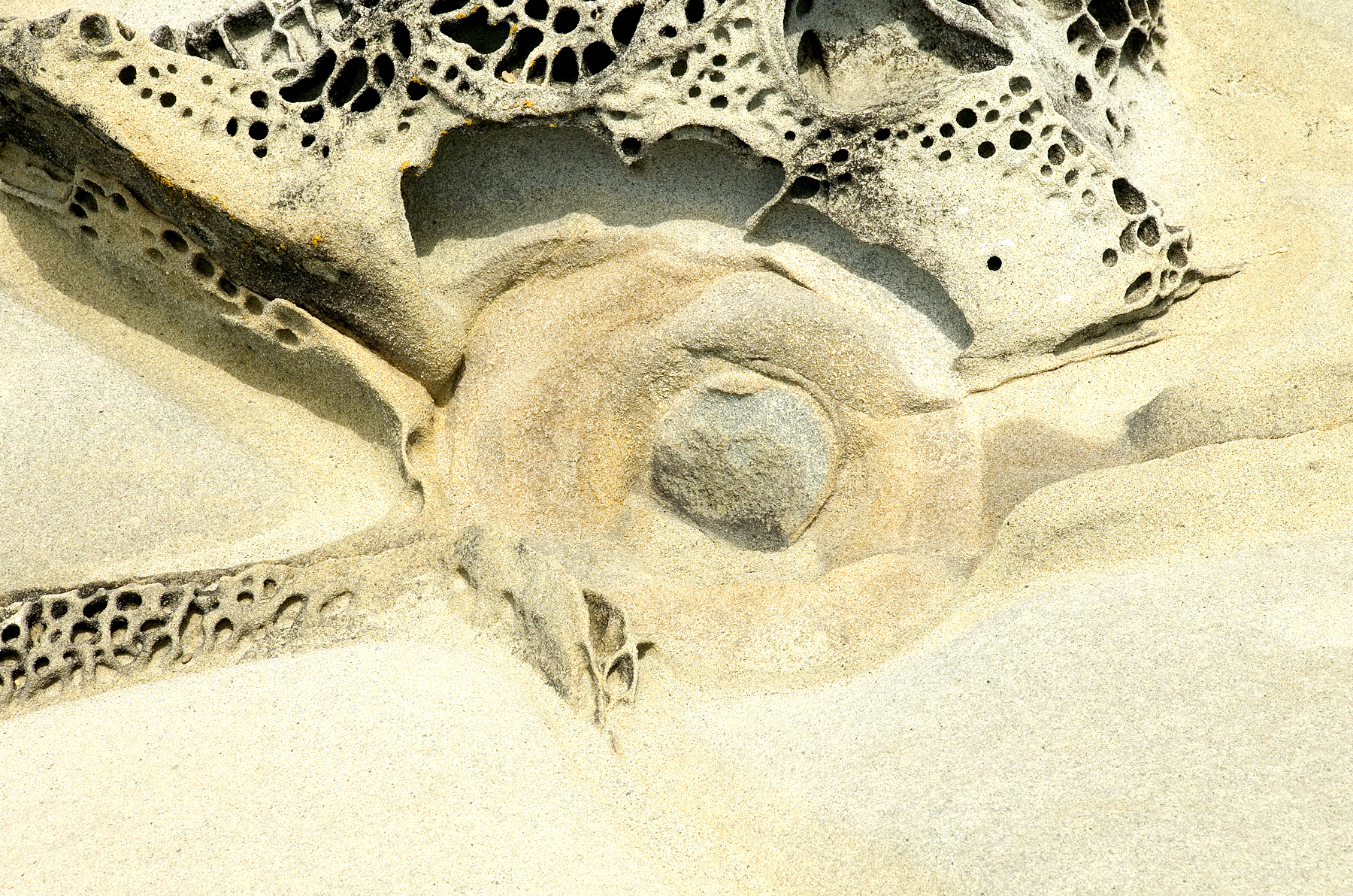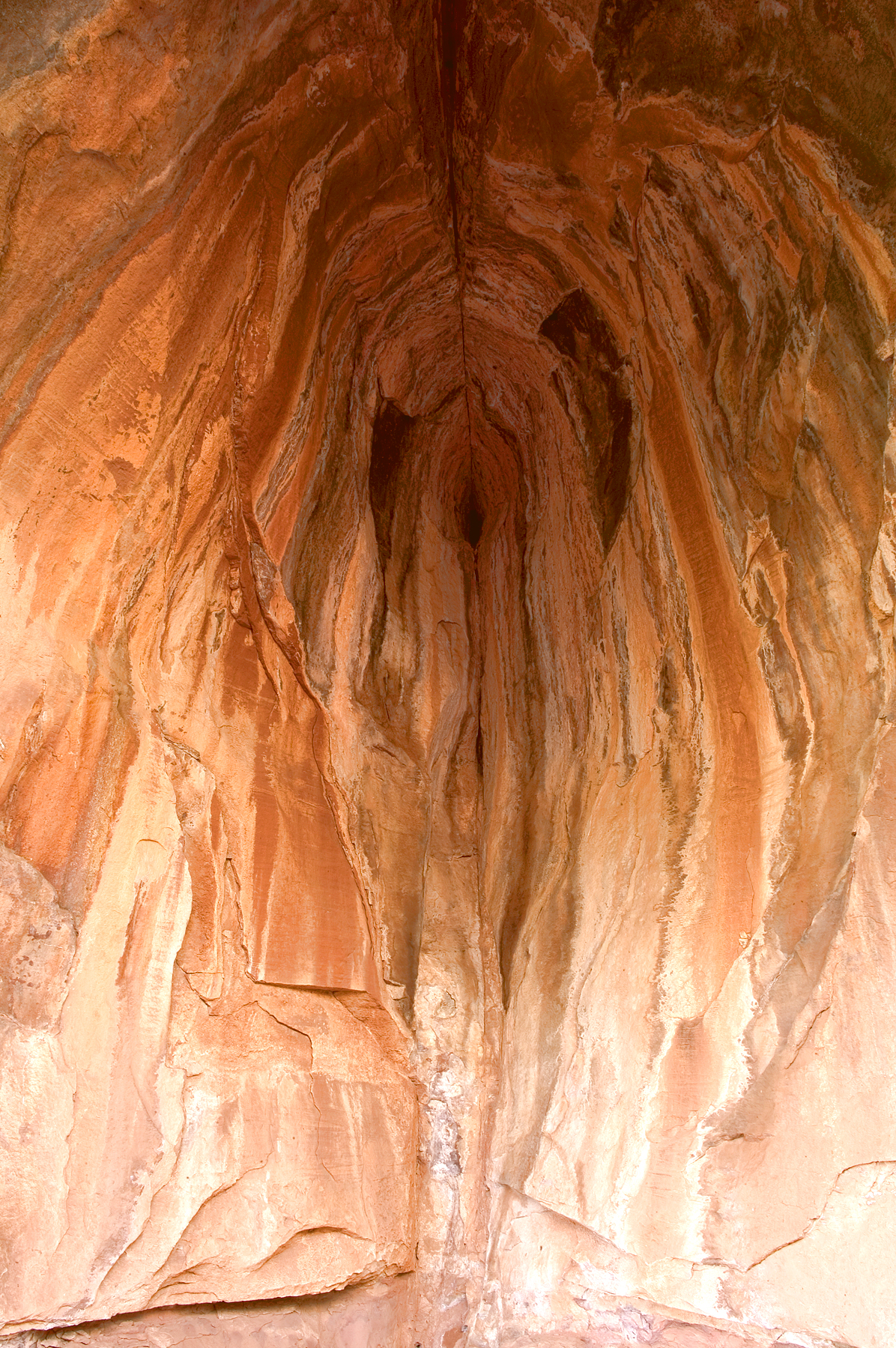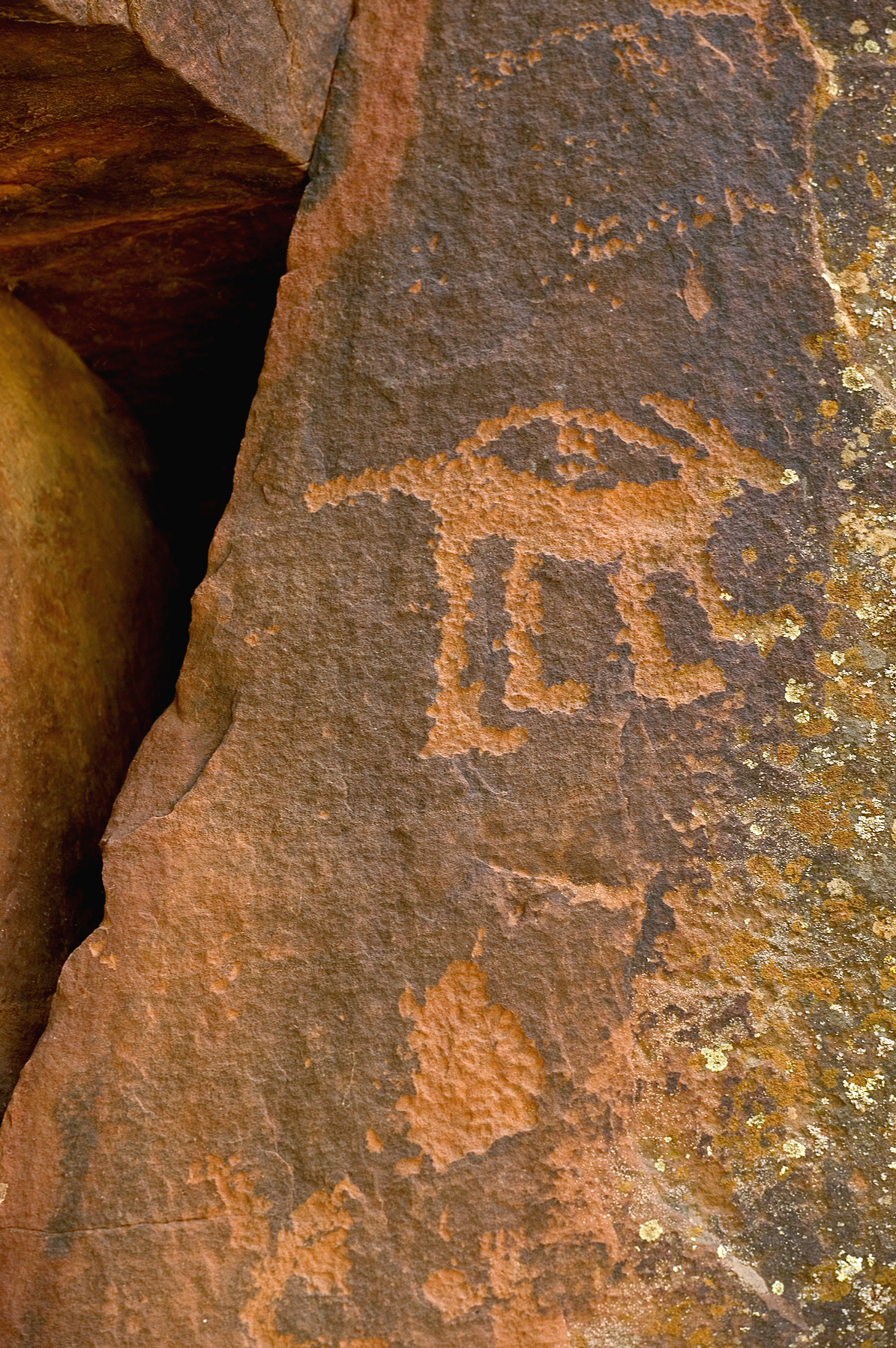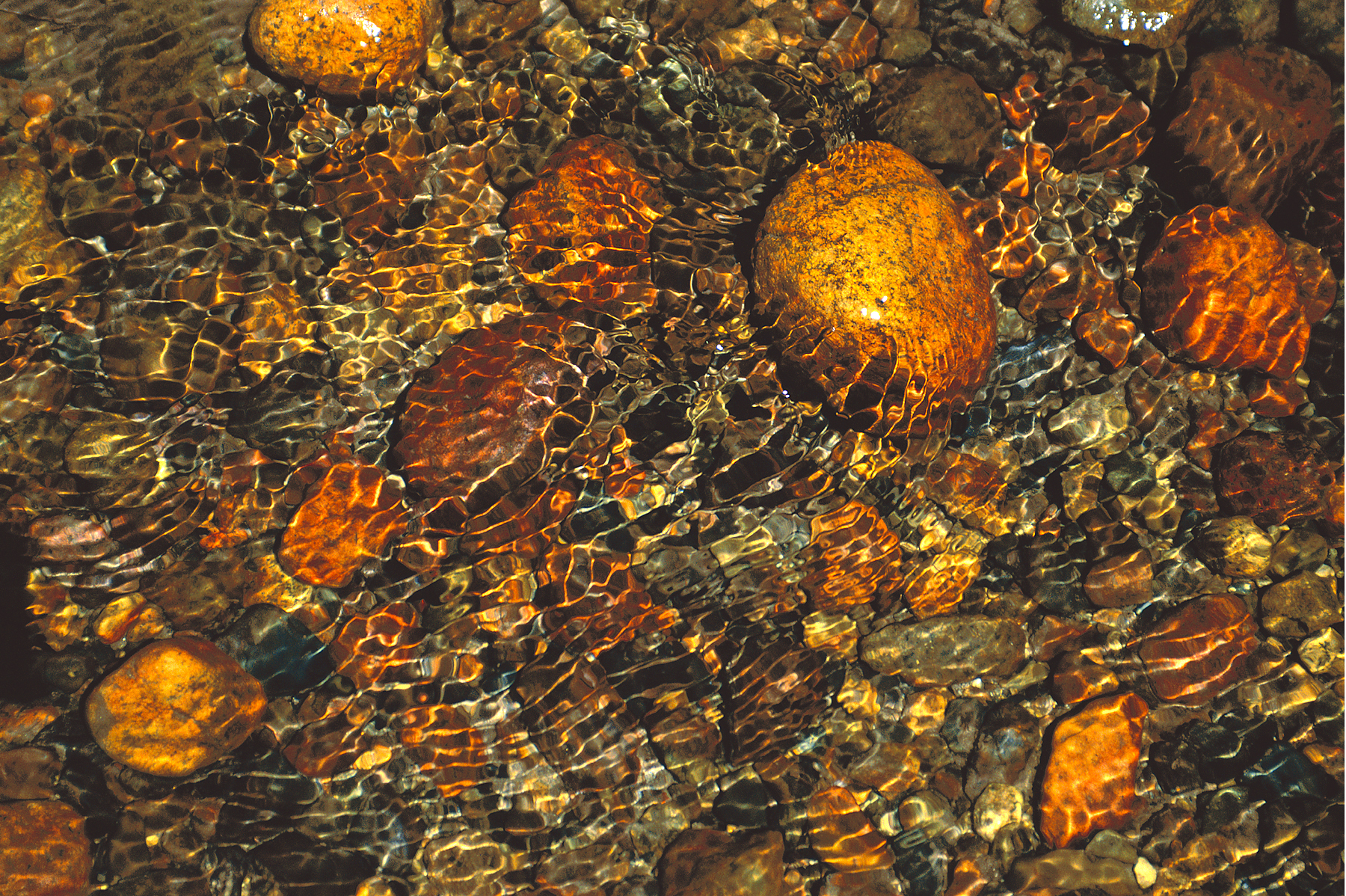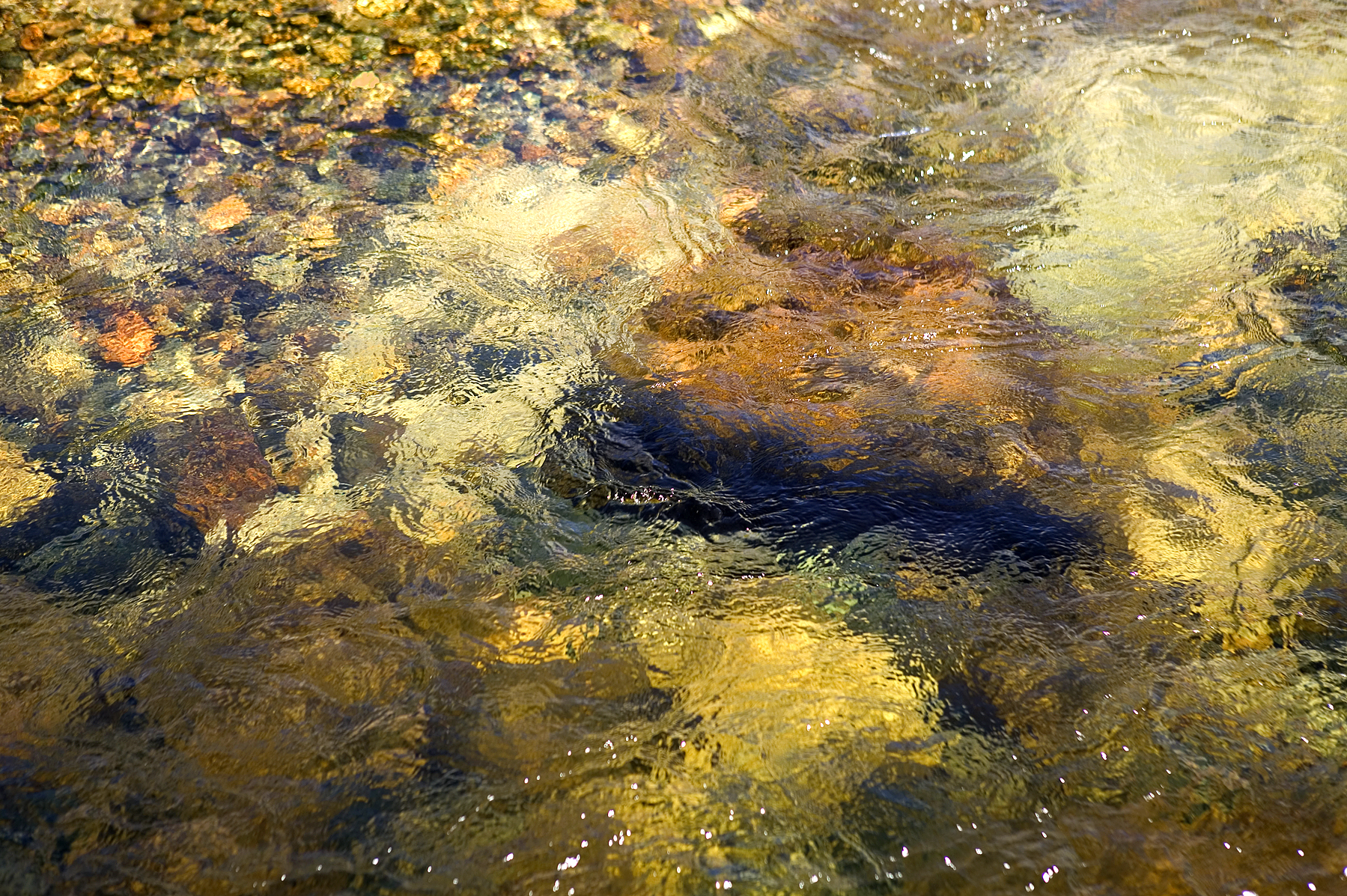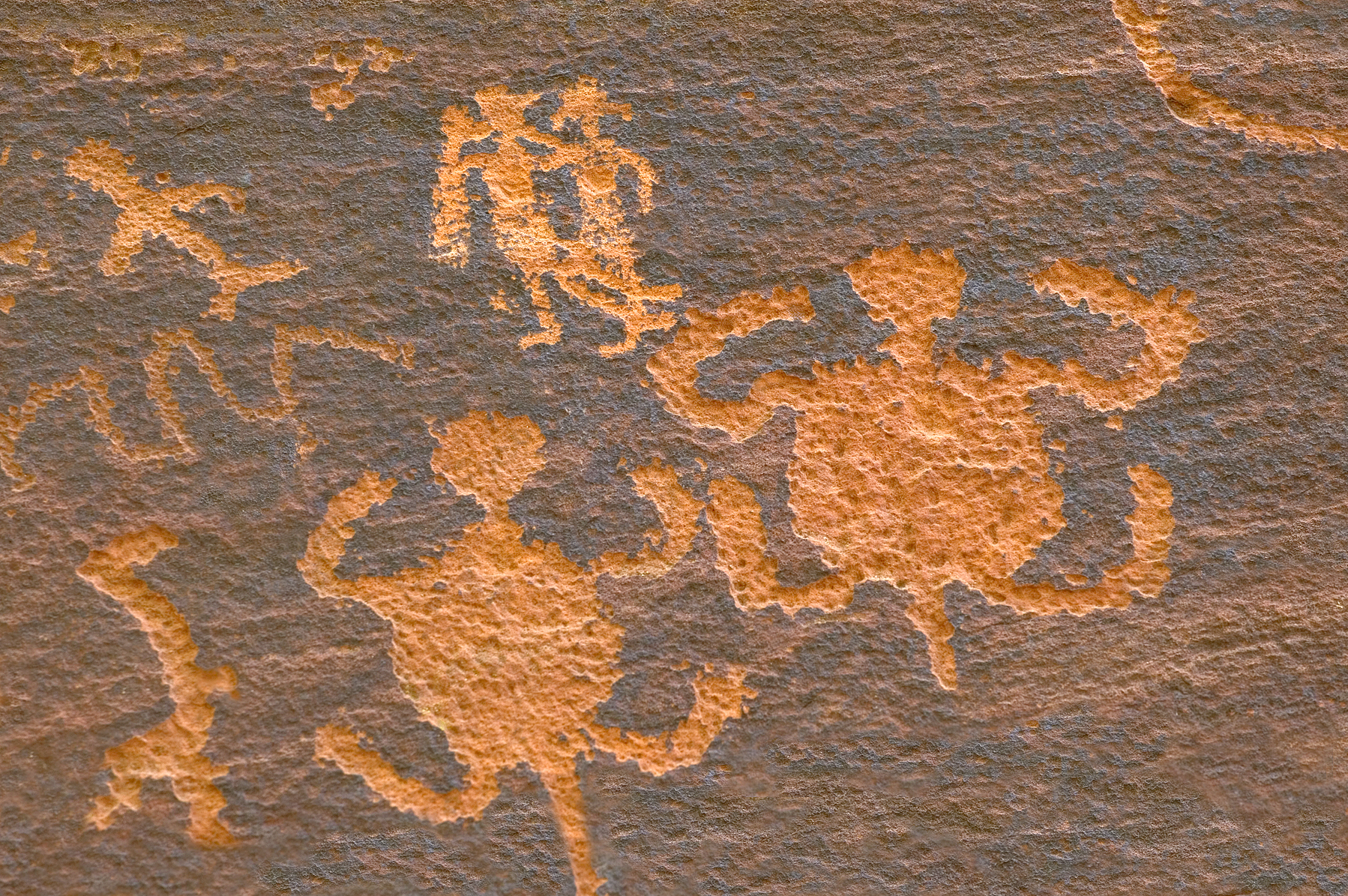Nature, Art and Meaning
Why is nature relevant in art?
I’m one of those who actually likes Picasso; who can stand in front of a Turner and enjoy the radiant beauty of his treatment of the light in a harbor; or enjoy the rich mystery in the abstractions in a Klee or Kandinsky – Klee’s subtle work with color and form – Kandinsky’s wild, lavish, colors in mesmerizing compositions. I believe even these most intriguing and beautiful abstractions in the works of these great artists are a result of the way our mind is designed to work from our millions of years evolving in nature.
Over our long evolution living ‘face to face’ with the natural world, our day-to-day experiences literally forged the way our minds process visual information. We evolved in direct response to the challenges we faced in the environment and the problems we needed to solve to stay alive. How we respond to and organize visual information and the emotional connections we attach to our interior visions are irrepressibly attached to the natural environment. The beauty we feel about wild nature is not intellectual, it comes built in, deeply imbedded in the very structure of our mind and how it works. And yet, I believe many people have become disconnected from this part of themselves, or have never even opened to experiencing it.
I’m not trying to remind people to observe that nature is "pretty" or that we need to appreciate and protect it because it is "good for the planet." I want to talk about something much more basic. I believe spending time understanding and feeling this relationship with nature helps a person reach a deeper awareness of what it means to be alive.
Personally, I know of no more profound moments than those when all other thoughts slip away and you are left with a pure sense of your own "being" in the world. I find these moments of real insight come most often when I am in nature, disconnected from the many layers of artifice we have constructed around us.
When a person spends so much time in our man made environments without nurturing and reaffirming this primal connection to the natural world, I believe it can diminish the sense of what life is all about. It may diminish our natural understanding of the "fabric of meaning" that is built into our place on this planet.
My art draws from my sense of these primal connections. But often the deep, resonant compositions of color, light and form that I seek for my work are illusive - hard to recognize in their natural settings. Like all real art, it is about "seeing" not just with the eyes, but with the mind.
Why is nature art important?
Our jobs are the way we take care of the business of life, how we supply our basic needs for food, shelter and clothing, and how we acquire the jewelry, cars, computers and all the myriad icons of our fantasies and desires. And make no mistake, I’m right in there wanting these things like everyone else. Certainly our world has become increasingly elaborate in the way we go about fulfilling our needs and desires, but all of things we do to pursue these goals still represent, essentially, the same activity as the lion hunting for food.
Pursuing these things tends to be consuming. But as we pursue meeting these basic needs and gathering the stuff we want, it does little to serve some of our other deep needs. I found that as I got older, I was less willing to ignore that our lives are finite and realized that maybe it’s worth stepping back a little and thinking about what we are really doing.
For me it suggests we ask a few simple questions. After years of even very successful jobs and careers, we need to ask ourselves, "What have I really done? - What am I proud of, what of deeper value am I accomplishing?" I believe it is very important that we look beyond the day-to-day and ask ourselves some of these bigger questions.
Now and then our souls rise up and become aware of something bigger, and we ask ourselves , "who am I, where am I, why am I?" When all is said and done, am I truly experiencing my life or just "going through it"?! In these special moments we reawaken to the mystery of being here at all. These thoughts take us closer to the essential mysteries that surround us and awaken a deep sense of what it means to be alive. This desire to connect with the real nature of our existence produces some of the most powerful thoughts and feelings, and most of the great art.
Some people find a spiritual solace in a religion and its precepts, but I am not talking about that. I am talking about a true appreciation and connection with what is around you – truly feeling present in the moment you are alive in – this moment of your time.
Furthermore, I am not speaking about the attribution of why or how things have been created, but that they ARE. It is not about where you are going after this life, but truly experiencing where you are right now. This is not in conflict with any religion; in fact it plays a major role in most of them. It is the act of truly appreciating what is given.
I find I enter this space most often in wild nature. Places deep inside open to connections I don’t have to forge with thought. If you open to feeling these connections, I believe you feel a deeper understanding of being alive than in any other way. It is your heritage. It is your nature.
Not only does this renewed sense of connection that comes from spending time in the natural world have a profound impact on a person’s ability to experience the very essence of being alive, but I think this awareness helps a person reorder life priorities in the direction of more healthy, humanitarian and conservationist ways of being in the world. To turn your back on these connections is to isolate yourself in a world of solely human fabrication. There is much more to life than driving around pathways of tar thinking about the size of your house or the vastness of your accumulations.
Sitting mesmerized at the play of light on the ripples of the stream or studying the pattern of fissures and lichen on the ancient erratic in the meadow is not in itself what is deeply special. Certainly these activities bring a deep sense of joy, but more importantly, they help you enter a place of recognition and connection.
We all carry with us our past – not just our individual time on earth, but also all of our evolutionary past. It is our heritage to have a deep, built in understanding of the natural world. It is our heritage to feel deep meaning in the natural world. The natural world brings solace, replenishment, perspective, vision, sustenance, and awareness.
I write and philosophize about my work not because the work needs explaining. Art must stand on it’s own. I always thought it was funny when I found little treatises next to paintings like Alber’s ‘Homage to a square’. I write because I want to share the "life space", the context my art comes from, and in that way, share with others some of my thoughts on the mystery of being here and how we can get the most from life.
The more you know about the physical world we inhabit, the deeper the meaning, connections and appreciation that comes through this art. This is true not because I am special. It is true because these natural scenes hold so much if you let yourself "see" into them. I try to capture these subjects by framing the most compelling composition and lighting to express their full richness in the fully integrated piece.
This includes not just knowing about the geology and the workings of the basic forces at play on earth, but even the workings of physics on both the small scale and the vast – from the workings of the molecules to the reeling galaxies. A person’s overall web of knowledge adds to the deeper appreciation of what is going on at any place and time.
For example, when you see an amazing, sculptured erratic alone in a meadow above Yosemite, you can imagine the story of the forces that broke it from the granite and sculptured it’s form and chiseled it’s face. You can imagine how in a cooling climate the years of snow accumulated and packed into the cold blue ice river that carried it to where it is, then melted and set it down.Then in the more recent time, after the climatic cycle changed, the meadow matured around this magnificent giant, setting the scene we see today.
And finally, in the relatively intimate moment, the seedling pine took hold at the rocks base and, grew up its face hugging to the reflected warmth and light.
Throughout the ages, writers have extolled the wonders of nature, usually giving the sense that people can enjoy nature by being more aware, more open, and more observant and by appreciating things in the natural world the way you appreciate a good book or fine wine or great music. I’m saying our connections are a much more an integral part of our being. All you have to do is be ‘in the moment’ in a wild setting and you will feel a kind of recognition you don’t have with manmade things.
It is my belief that there can be no greater path to the spiritual than feeling a part of the profound and complex world where we live. Yet we are at risk of deeply damaging the very source of who we are. Humans evolved facing constant violence and danger. For much of this evolution, we were not at the top of the food chain. Efficient predators made us wary, made us violent in the defense of our territory. As we gained control over tools and weapons, we got the upper hand. Now our pesticides and medicines give us some power to protect our food and ourselves. But our ability to do short term damage has become too great. We must now look deep inside and begin to transform our role from survival to protector of the grand and irreplaceable web of life that brings the essential richness, beauty and resiliency to our planet.
If you take the time to find your connection with nature you will receive something you cannot get in any other way.
* * *
